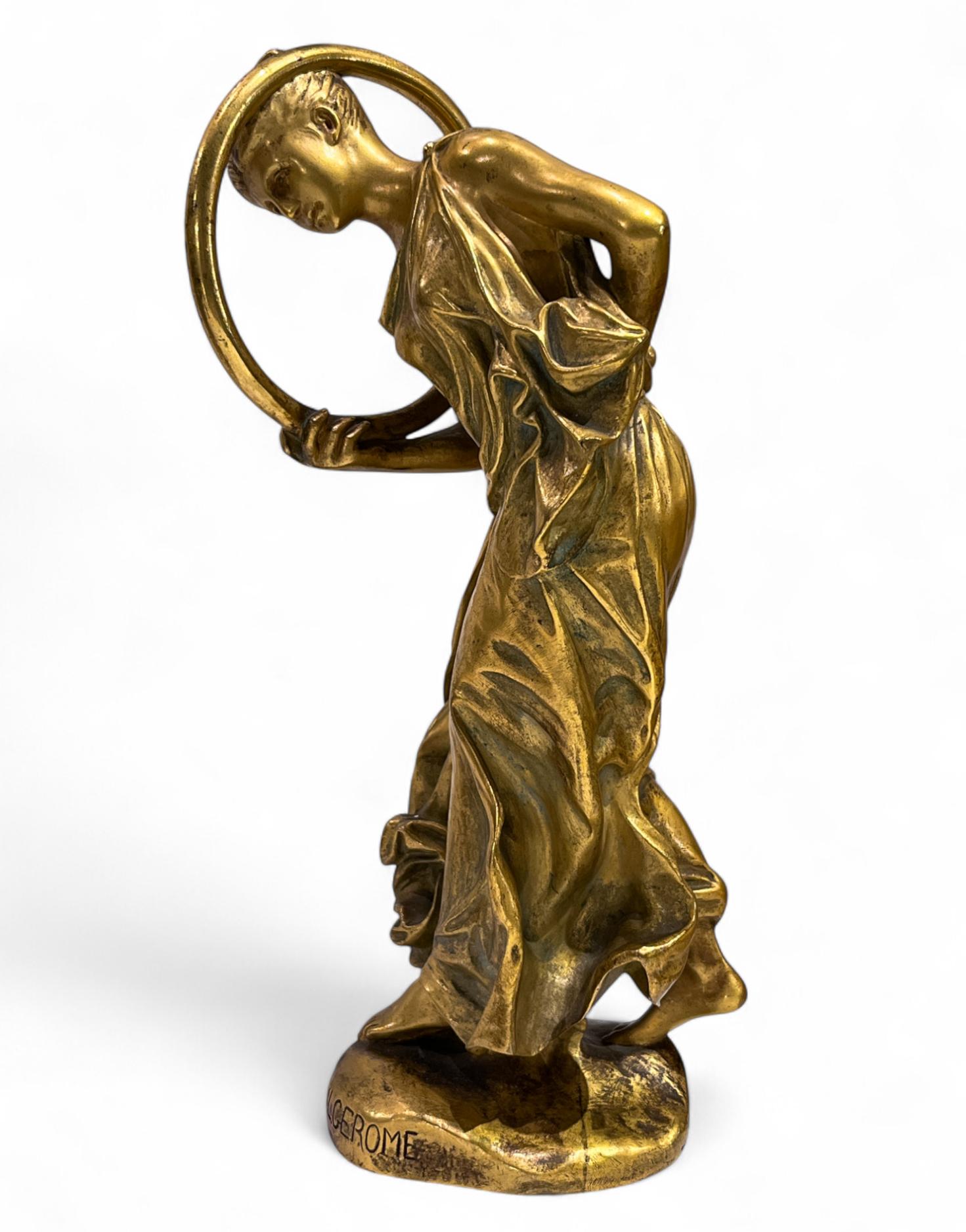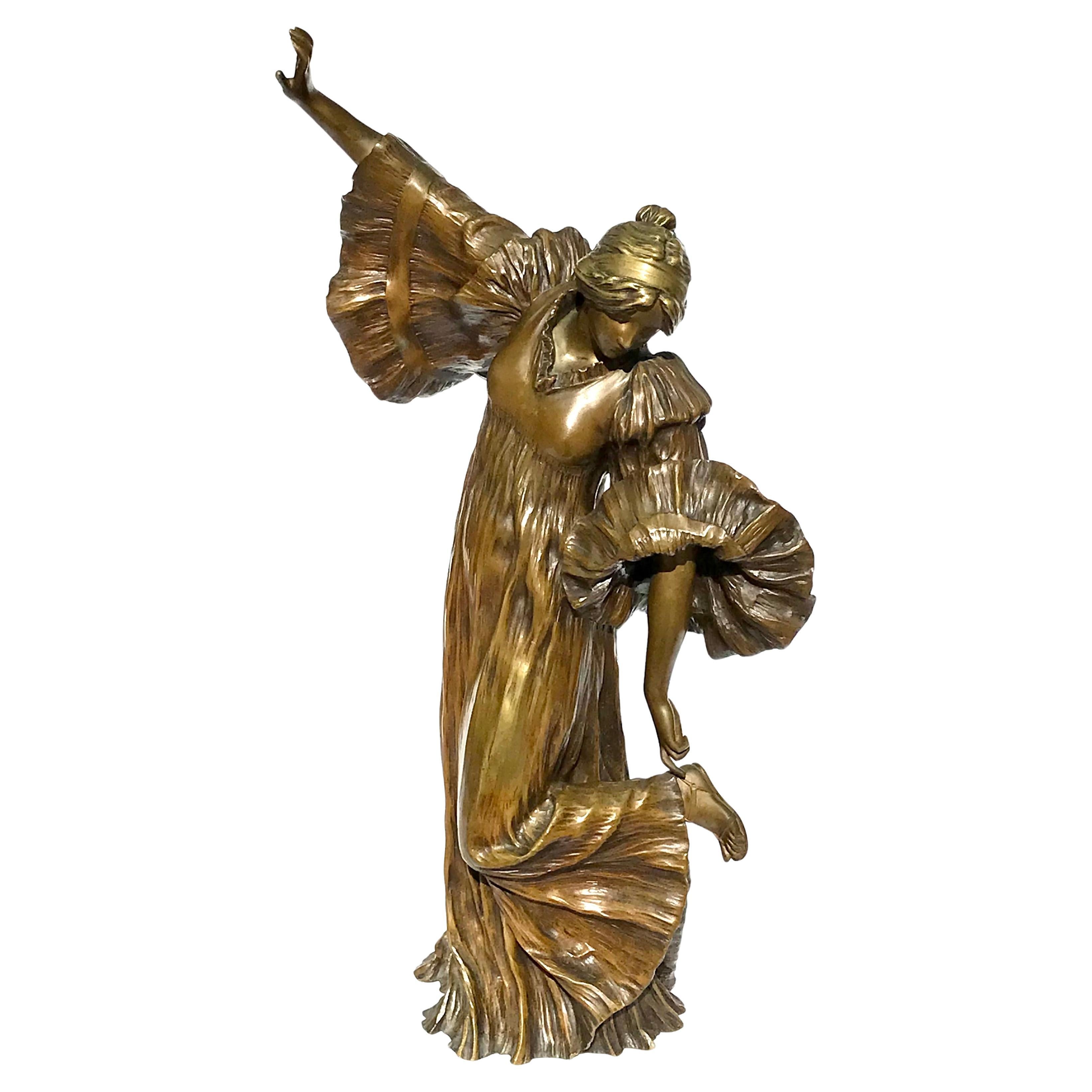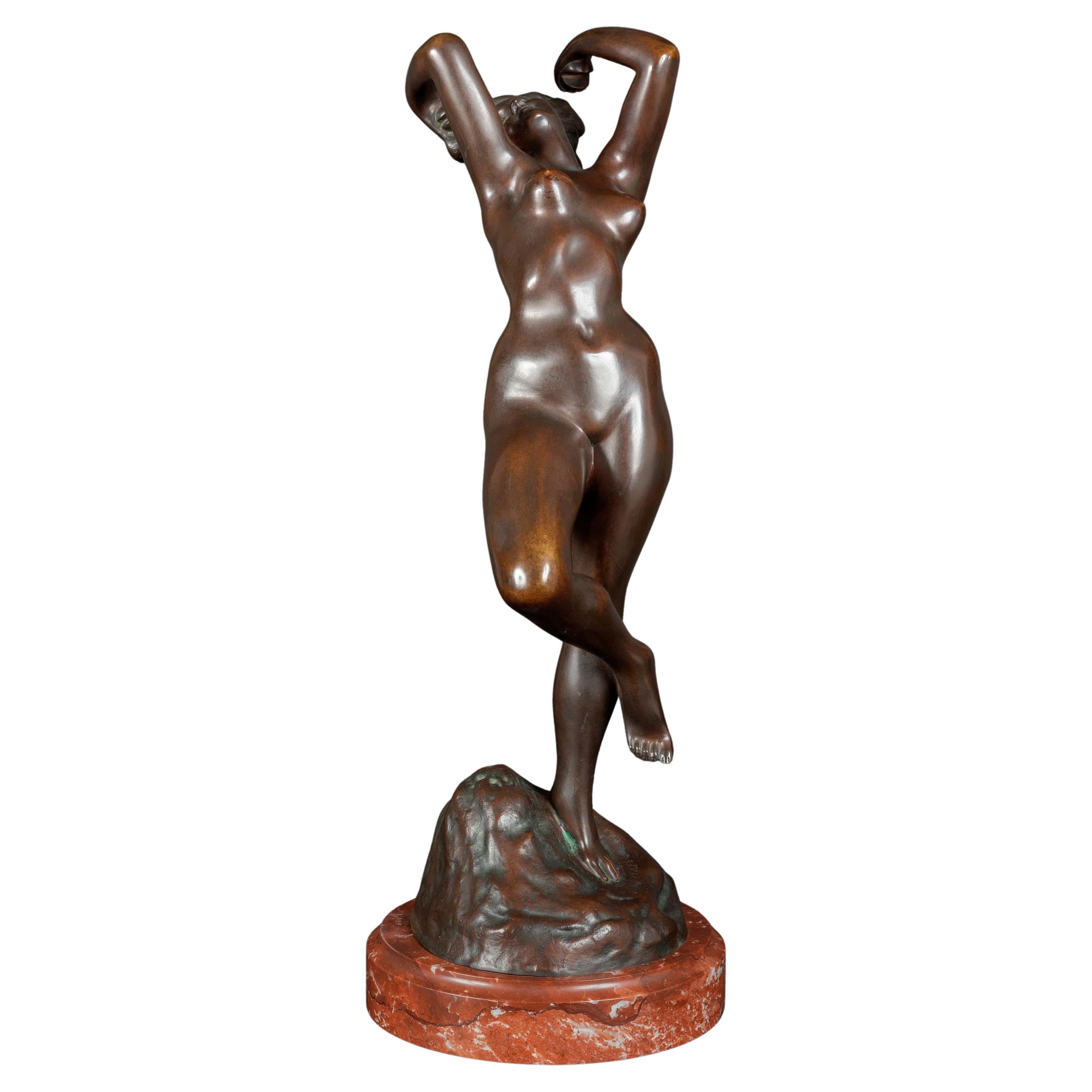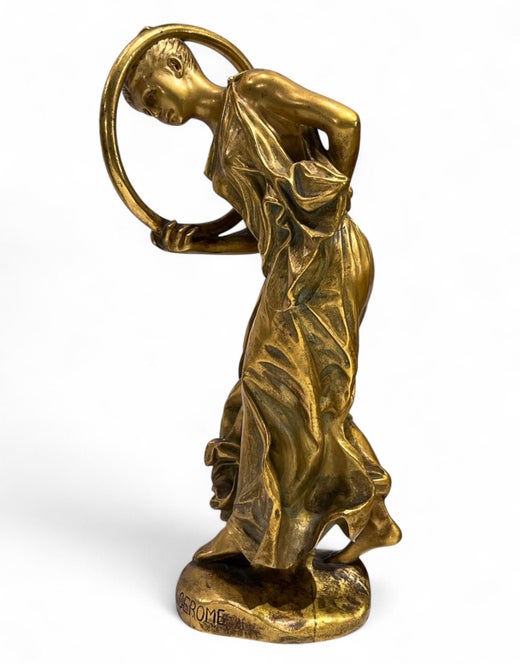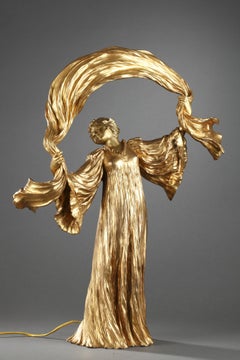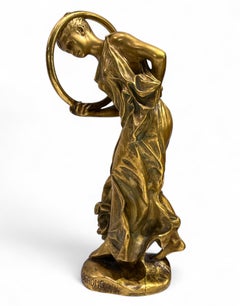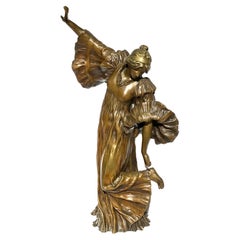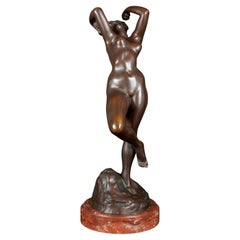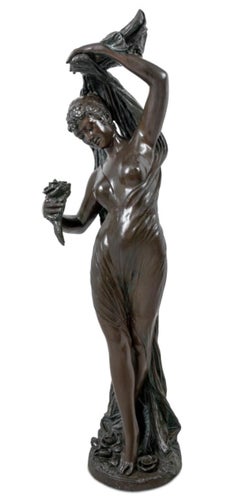Jean-Léon GérômeApple Dancercirca 1890-1900
circa 1890-1900
About the Item
- Creator:Jean-Léon Gérôme (1824 - 1904, French)
- Creation Year:circa 1890-1900
- Dimensions:Height: 25.6 in (65 cm)Width: 8.67 in (22 cm)Depth: 11.82 in (30 cm)
- Medium:
- Movement & Style:
- Period:
- Condition:
- Gallery Location:PARIS, FR
- Reference Number:Seller: N.17431stDibs: LU2514214375512
Jean-Léon Gérôme
One of the most prominent French Academic painters of the 19th century, Jean-Léon Gérôme is today credited with fashioning an entirely new artistic ideology. One of the originators of the Orientalist style, Gérôme was also a stalwart defender of Academic painting, which was waning under the rise of realism and Impressionism. Inspired by the year he spent in Rome with Paul Delaroche in 1834, he developed an insatiable appetite for traveling, and throughout his career, he traveled widely in Turkey, Egypt, and North Africa. His years exploring the Near East inspired his greatest Orientalist works, his Moorish and Turkish bath scenes.
A sculptor as well as a painter, Gérôme’s female figures have the same classical precision of Ingres but are executed with a more pronounced sensuality and realism. Enjoying great popularity and success during his lifetime, he was actively courted and patronized by private collectors and nobility. Today, the majority of Gérôme's works are held in major museums, with very few remaining in private hands.
Find authentic Jean-Léon Gérôme paintings on 1stDibs.
(Biography provided by M.S. Rau)
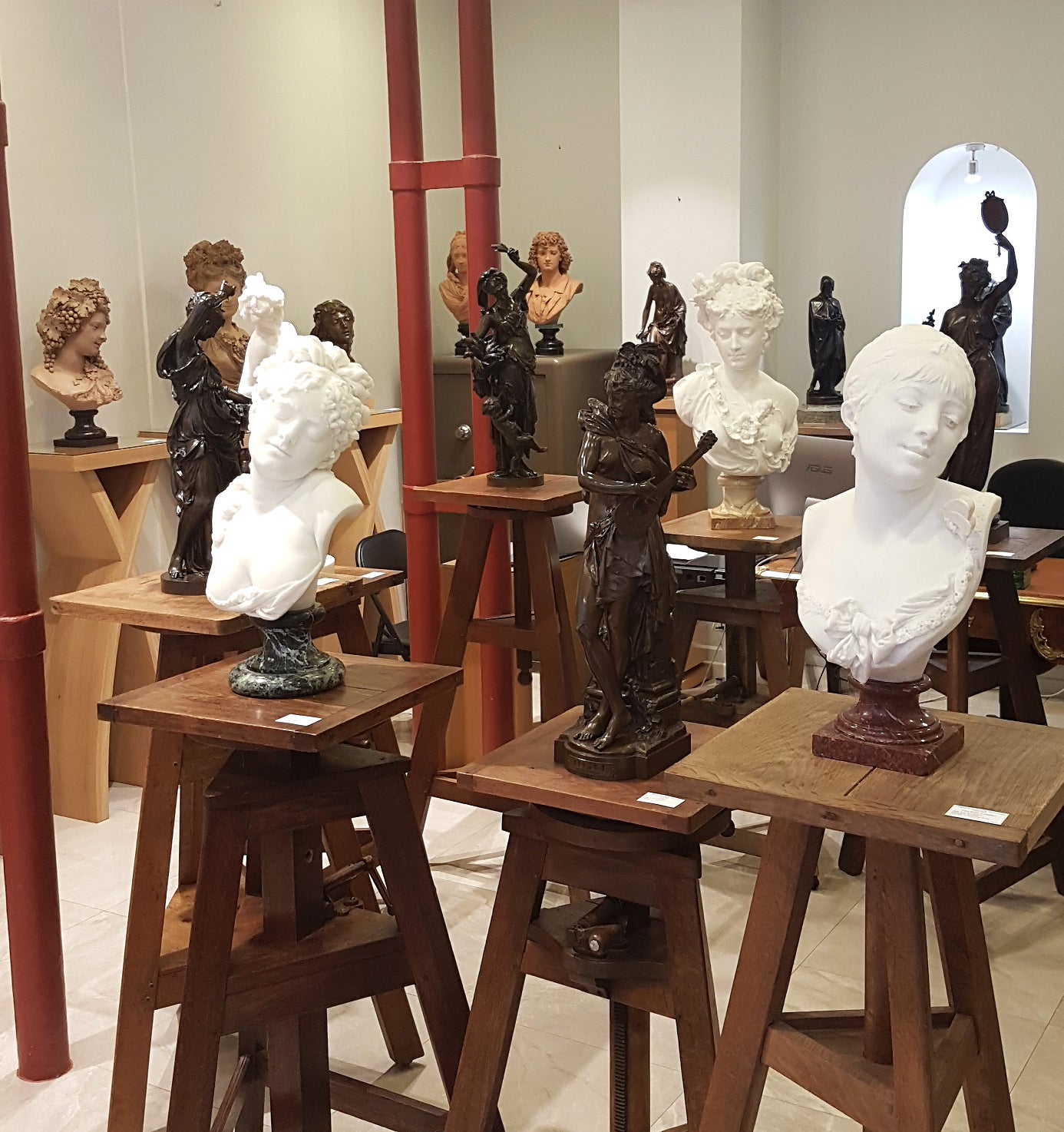
- ShippingRetrieving quote...Shipping from: PARIS, France
- Return Policy
More From This Seller
View AllEarly 1900s Art Nouveau Figurative Sculptures
Bronze
Early 1900s Art Nouveau Figurative Sculptures
Bronze
Early 1900s Art Nouveau Figurative Sculptures
Bronze
Early 1900s Art Nouveau More Art
Bronze
Early 1900s Art Nouveau Nude Sculptures
Bronze
1920s French School Nude Sculptures
Bronze
You May Also Like
19th Century Academic Figurative Sculptures
Bronze
Antique Early 1900s French Art Nouveau Figurative Sculptures
Bronze
Antique 19th Century Belgian Art Nouveau Figurative Sculptures
Bronze
Early 20th Century Art Nouveau Nude Sculptures
Bronze
Late 19th Century Figurative Sculptures
Bronze
Early 20th Century Figurative Sculptures
Bronze
